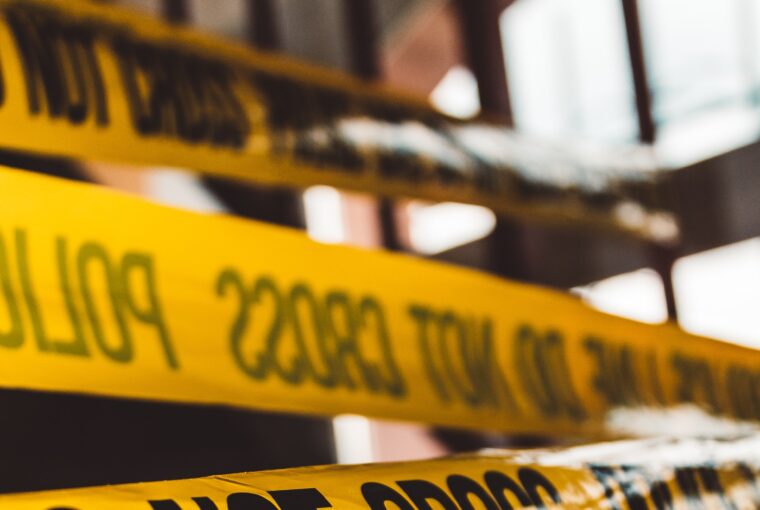When one imagines the aftermath of crimes, they think of large-scale investigations. However, there’s another crucial aspect, and an industry building around that aspect, that does not get enough attention: crime scene clean up. Contrary to popular belief, cleaning a crime scene is not as simple as using a bottle of hydrogen peroxide and getting a pair of gloves. In this article, we’ll discuss how professionals clean up crime scenes, so if you’re curious or want to join the field, keep reading to learn more.
The Mindset
Whereas crime scenes do not always involve body parts, the possibility of encountering gore is never far off. With America’s growing crime rates, crimes as gruesome as serial murders or as heartbreaking as school shootings are a part of the crime scene cleaner’s job. You’ll have to deal with fluids, solids, odors, and your own emotions. The family of the victim may be angry or grieving, and their reaction can be unpredictable. You have to remember that you can not compromise on thoroughness, as many people’s physical and emotional health will depend on your work.
The Training
Crime scenes can be gory, and they are susceptible to contamination. Carelessness on site can cause fingerprint destruction and deposit hairs, fibers, and bacteria on site, which can destroy crucial evidence. In addition, lousy cleanup jobs can have post-traumatic effects on victims or devastate their families, especially in the case of murders. Certain crime scenes involving bodily fluids pose biohazard risks as well.
As a result, cleaners dealing with the scenarios need to be adequately trained for the job. Whereas crime scene cleaners do not need formal education, many agencies provide training programs about:
- Handling and transporting medical waste
- Bloodborne pathogens
- Respiratory protection
- Heat-illness awareness
Many companies also provide regular mental health counseling to ensure that the job doesn’t adversely affect the workers.
The Process
The cleanup crew goes to a crime scene equipped with protective equipment, masks, cleaning gear, sanitizers, and biohazard waste receptacles. They will then divide the area into zones – the control zone, buffer zone, and clean zone – to restrict the mobility of people. The site will be assessed for biohazards like blood or cerebrospinal fluid so that appropriate cleaning preparation can be made.
If the cleaners are not prepared, the crime scene can expose them to pathogens from the blood and air. Additionally, over-the-counter products do not work; strong cleaners and EPA-registered disinfectants have to be employed to ensure the safety of everyone who will visit the site in the future. The waste can not be carried in a standard container either, hence the need for biohazard receptacles. Crews need to be equipped with UV lights and particular hydrogen peroxide-based solutions to ensure no trace of any substance gets left behind.
Endnote
Cleaning up remains and traces of people is not what one wants to do for a living. Many who join this line of work do so to help the families of victims and ensure no trace of blood reminds them of their traumas. If you’re one of these individuals, you need to ensure your mental health allows you to take on such work and that you have the stomach for it.
- Are Your Assets in Danger if Your Spouse Gets Into a Car Accident During Your Divorce? - July 23, 2024
- Breaking Down The Costs: How Much Does Crime Scene Cleanup Cost? - July 10, 2024
- Can Weed Make You Angry? - July 3, 2024









